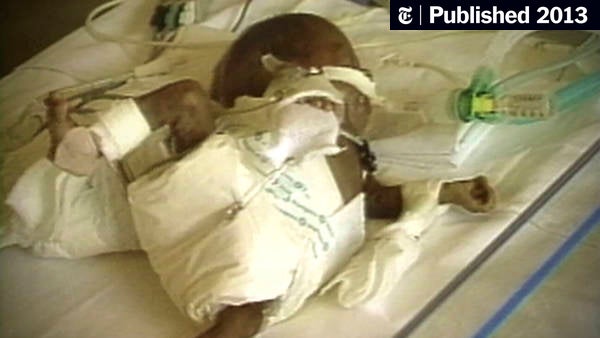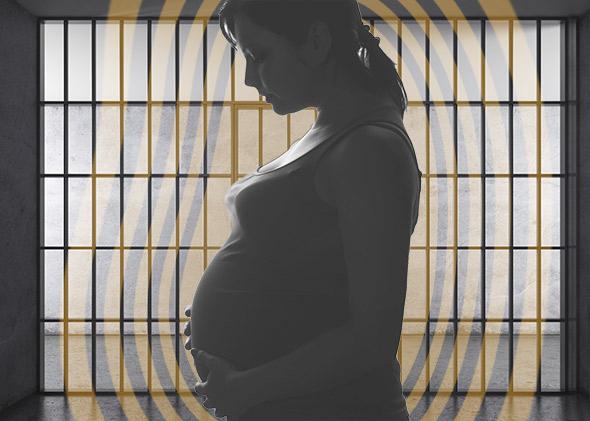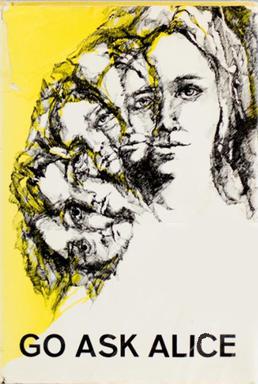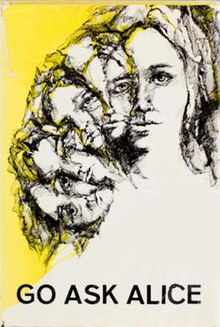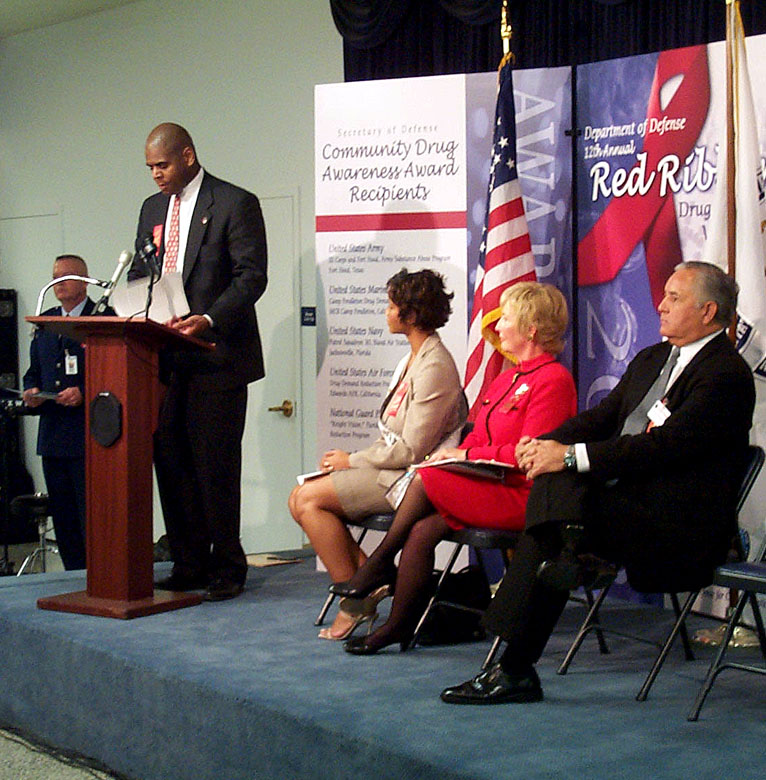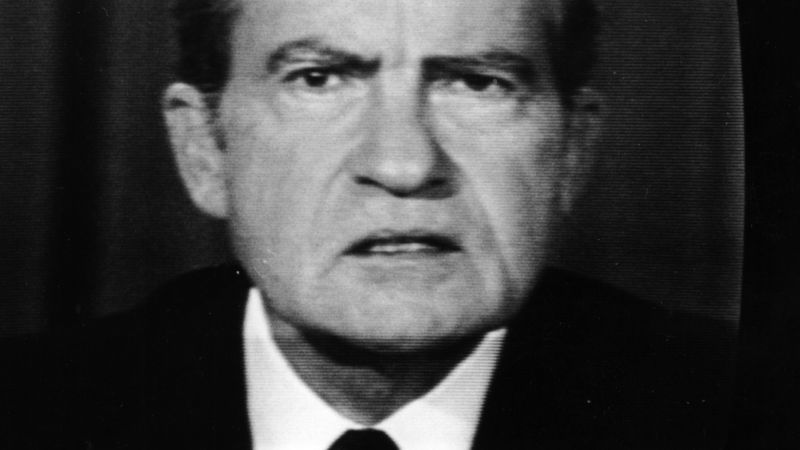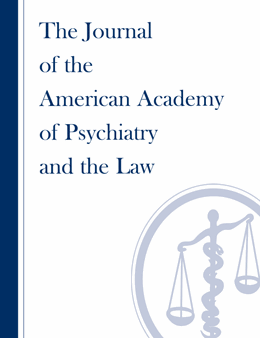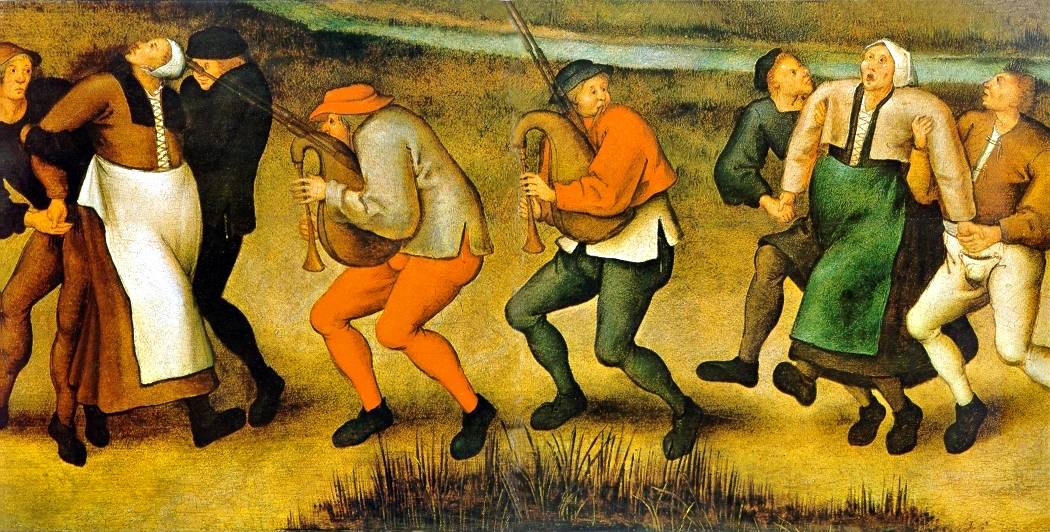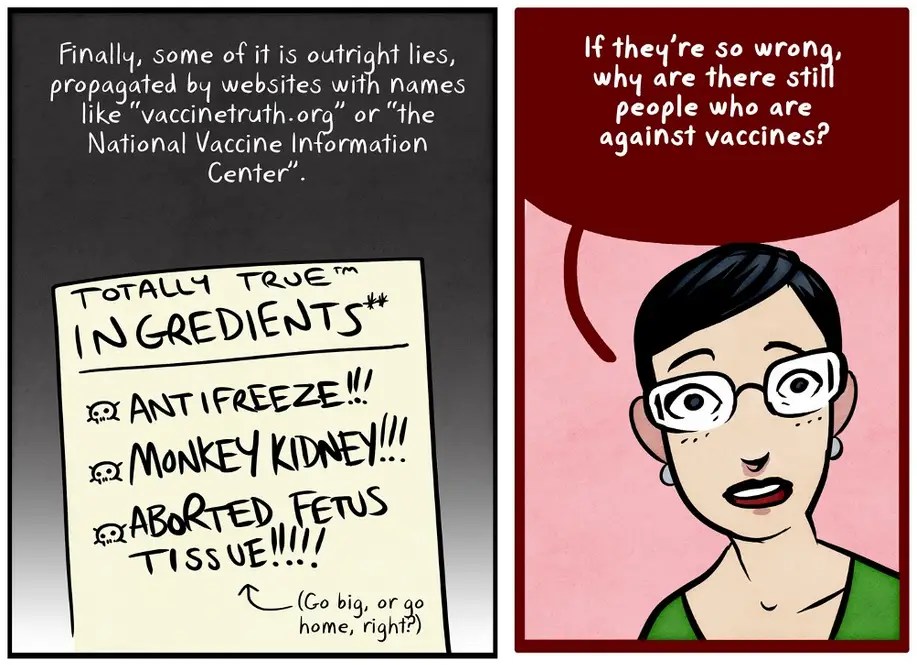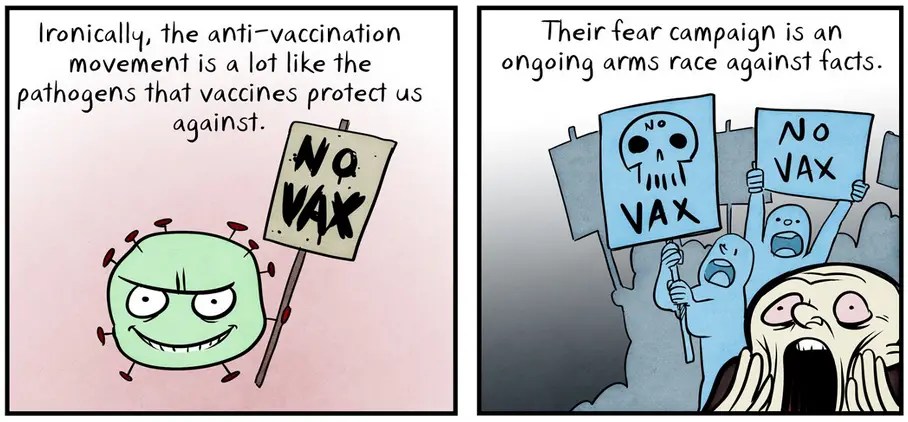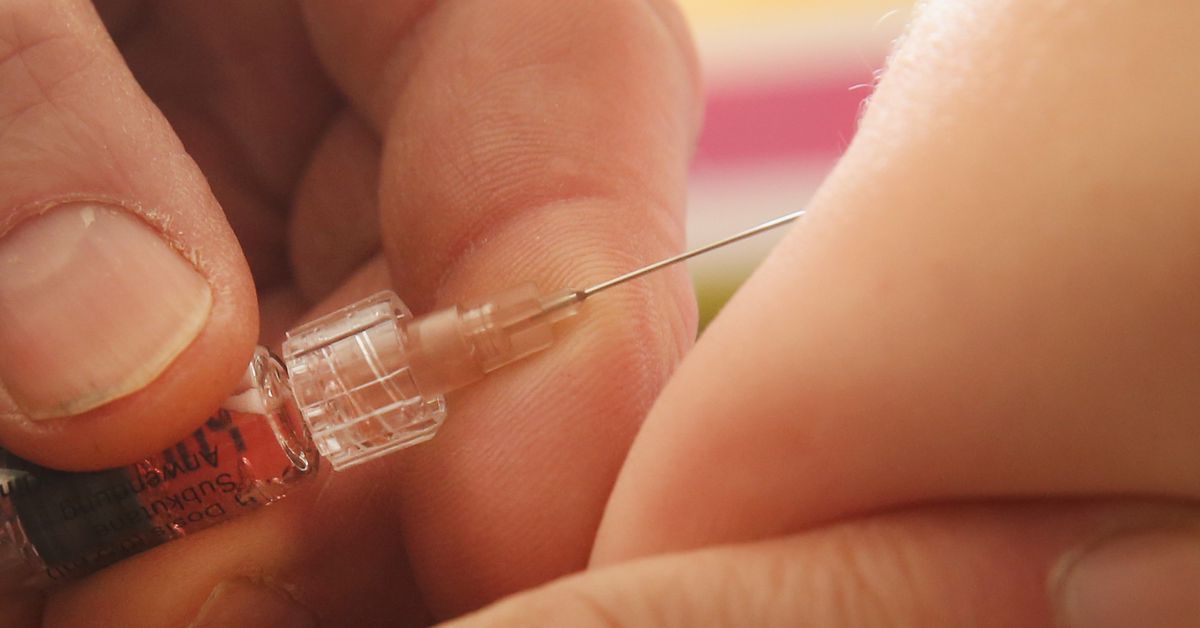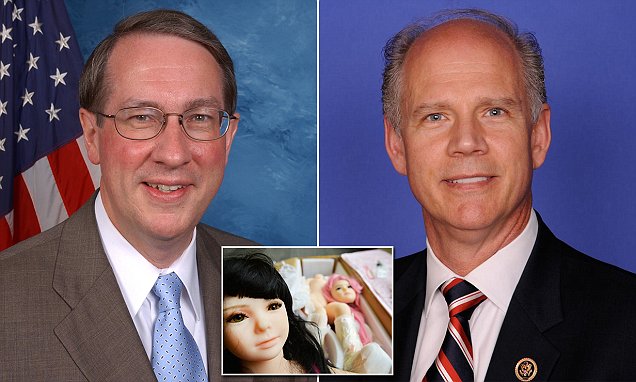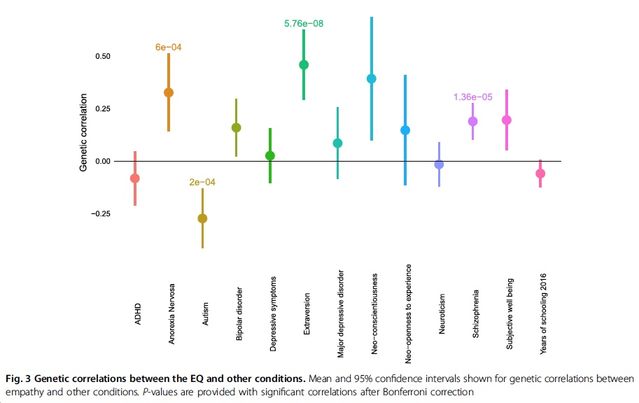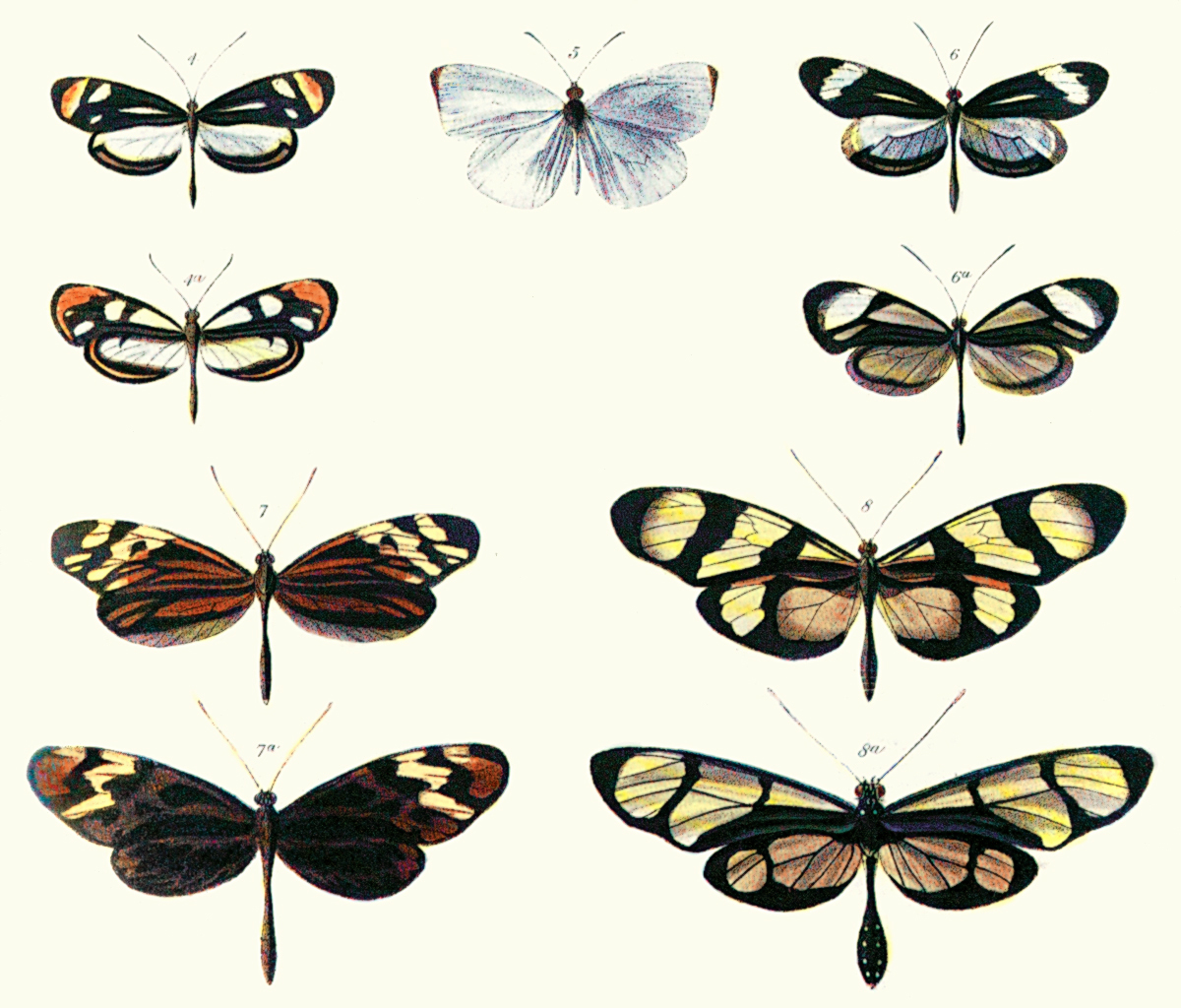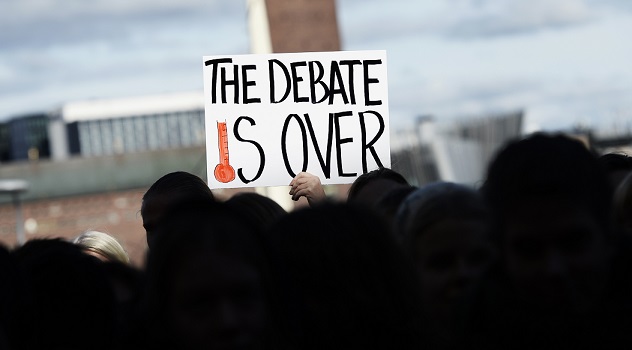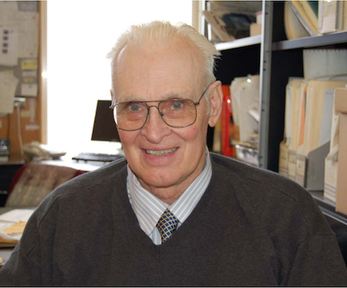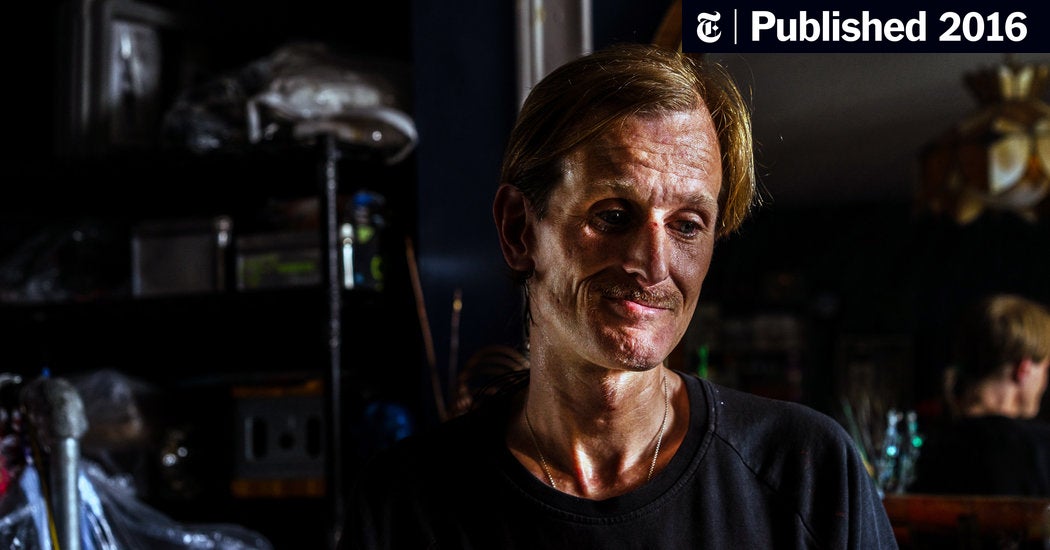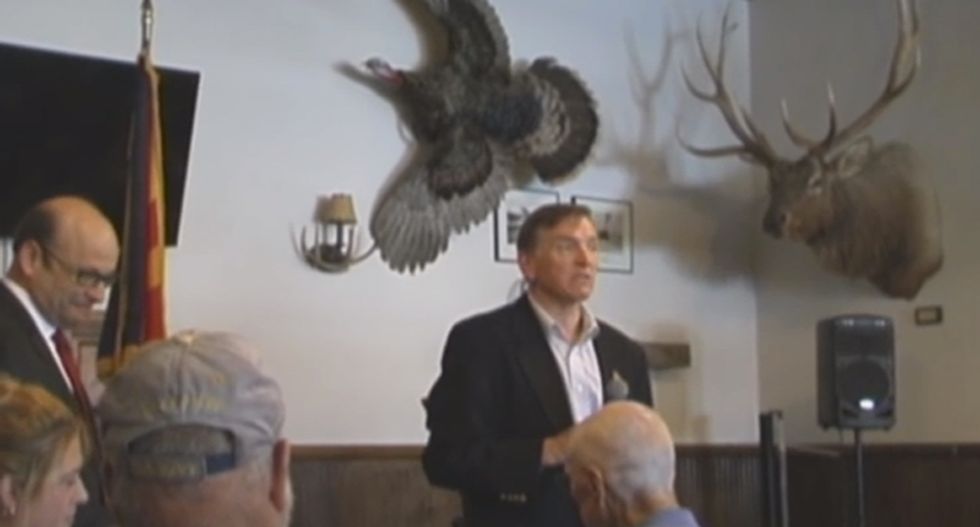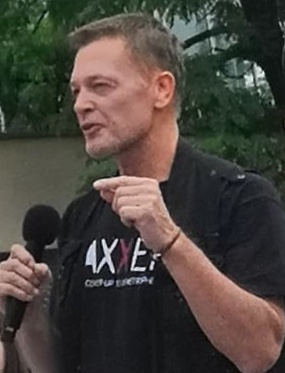boojies
Recruit
★★★★
- Joined
- Jun 28, 2018
- Posts
- 332
Both the United States Drug War and Sex Cult meet the scientific criteria of being properly classified as religious movements. The Drug War consists of convergent manic psychotics who reference likewise themed fiction materials that describe a nonexistent fantasy world. It is a social mania.
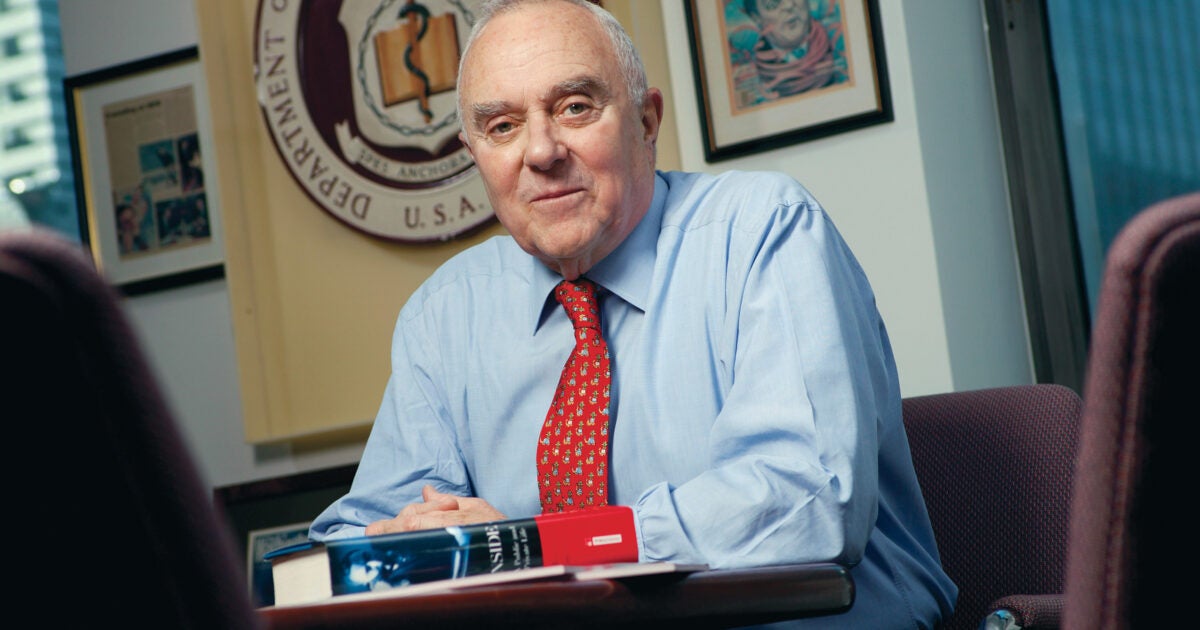
 today.law.harvard.edu
today.law.harvard.edu
 en.wikipedia.org
en.wikipedia.org
The Sex Cult is a convergence of neurotypicals who reference a scientifically conclusively refuted fantasy world described in a themed collection of fiction materials traced back to the delusional imaginations of diagnosed schizophrenics.
It's a 20th century New Religious Movement.

 richarddawkins.net
richarddawkins.net
Autistic people are known to disproportionately disregard the legislation of these establishments of religion.

 www.thetimes.co.uk
www.thetimes.co.uk
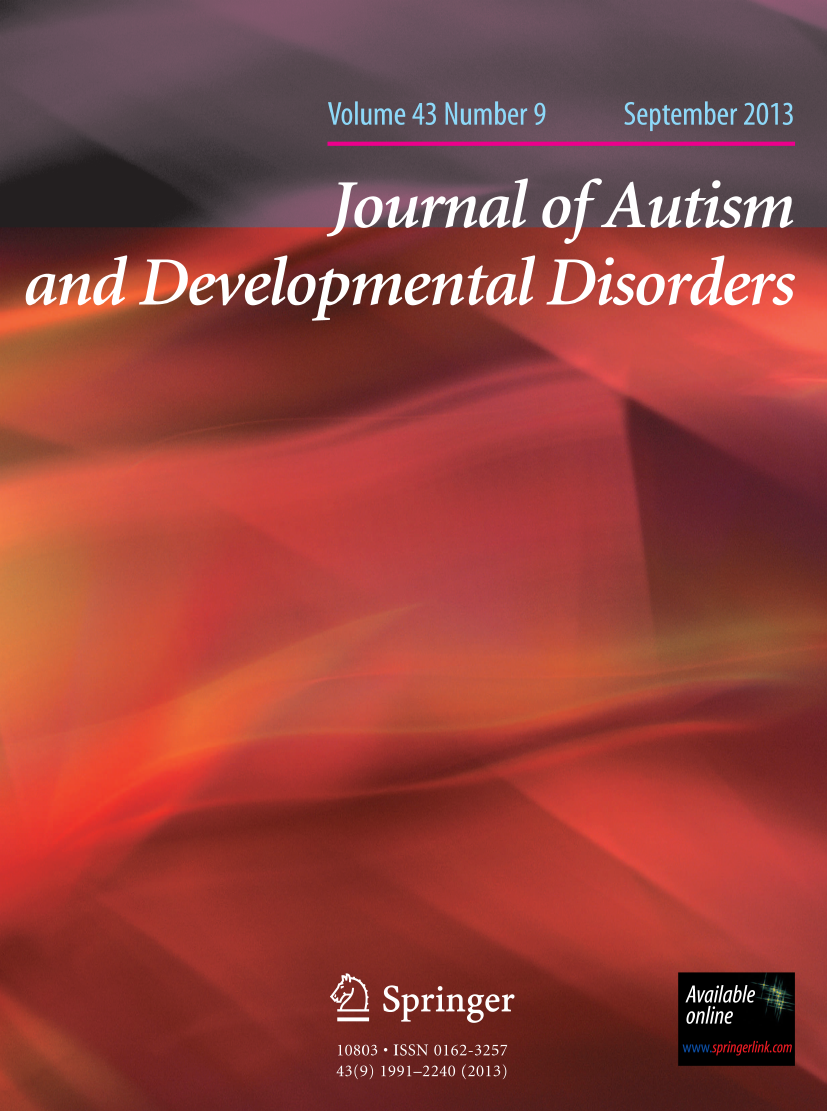
 link.springer.com
link.springer.com
The reason for this is that our protection from mania and schizophrenia,
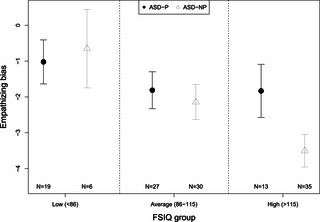
 journals.plos.org
journals.plos.org

 www.newscientist.com
www.newscientist.com
Protects us from believing in the fiction materials of these scientifically refuted 20th century establishments of religion.
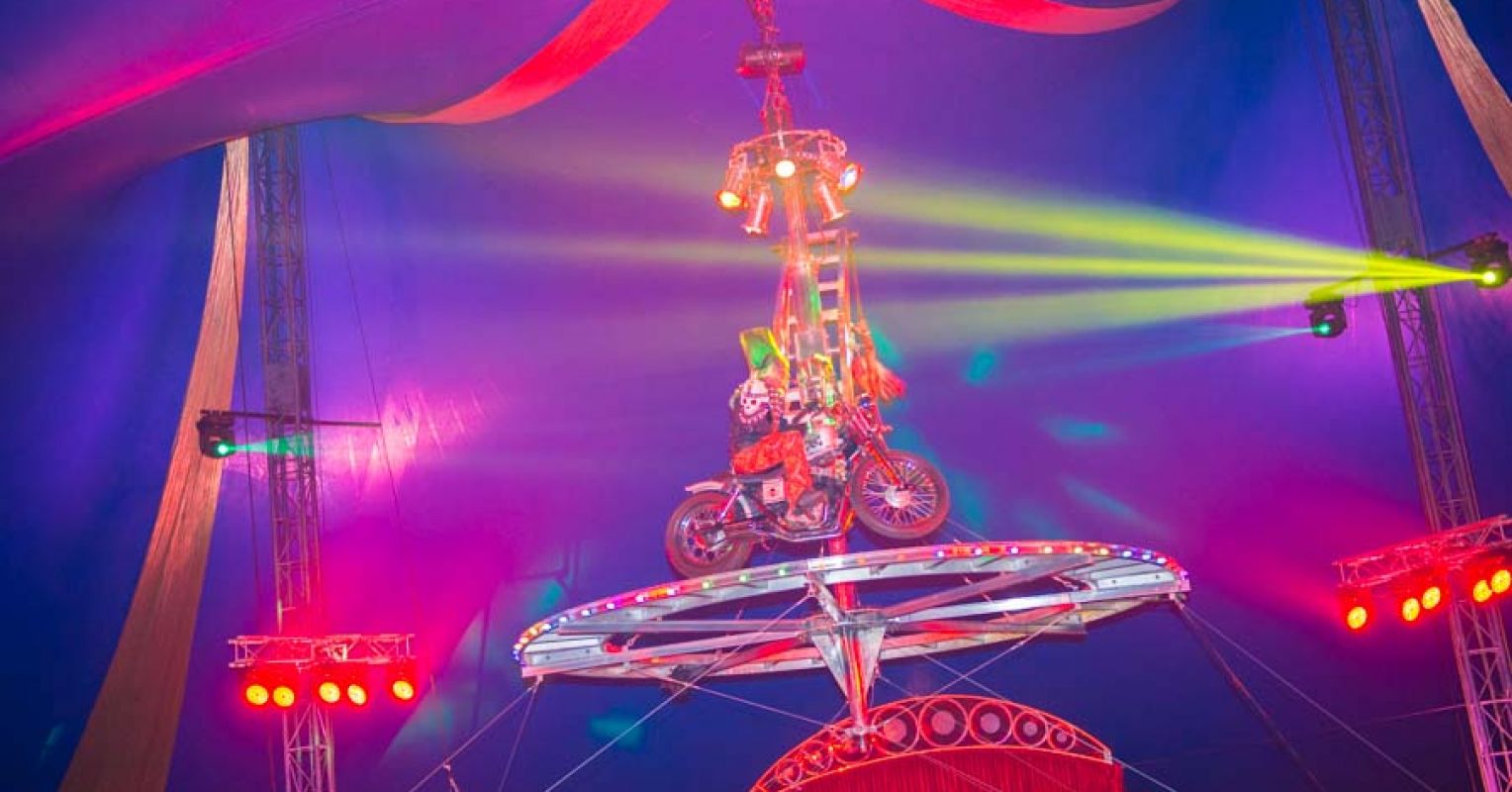
 www.psychologytoday.com
www.psychologytoday.com
In the presence of socioculturally pertinent religious fiction materials, the neurotypical brain is conditioned to deactivate the network capable of rational thought.
The so-called "moral truth" is in fact a falsity. Whereas autistic people are likely to logically analyze things based on their semantic merit, neurotypicals are more likely to simply emotionally resonate to things or not. Neurotypicals rely on their emotional resonance rather than on their comparatively poorly developed ability for critical thinking.

This is a form of cognitive anosognosia,

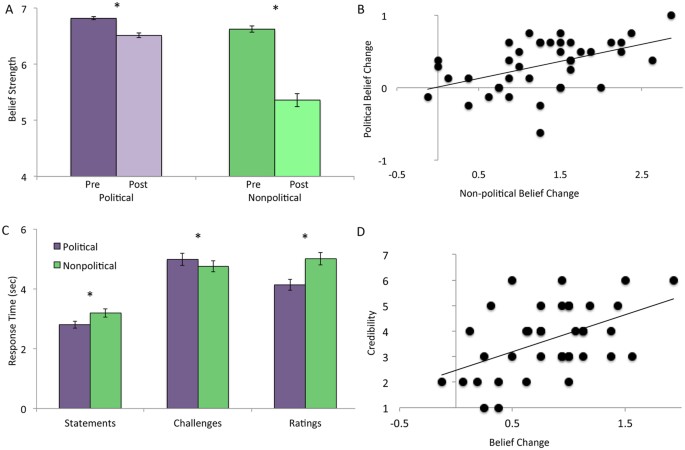
 www.nature.com
www.nature.com

 www.ncbi.nlm.nih.gov
www.ncbi.nlm.nih.gov

 www.ncbi.nlm.nih.gov
www.ncbi.nlm.nih.gov
 childhood-developmental-disorders.imedpub.com
childhood-developmental-disorders.imedpub.com
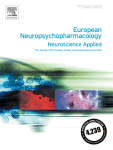
 www.europeanneuropsychopharmacology.com
www.europeanneuropsychopharmacology.com
that is concomitant with their socially convergent psychotic decompensation that is based on the referencing of likewise themed collections of fiction materials.
The neurotypical Drug War and Sex Cult are violations of the first amendment establishment clause right of the autistic members of the United States of America.

 en.wikipedia.org
en.wikipedia.org
If you are ever arrested for violating Sex Cultist or Drug Jihadist religious law, ignore your neurotypical defense attorney and invoke your establishment clause right. As a sincere disbeliever in the nonexistent fantasy worlds described in the themed collections of neurotypical fiction materials that are the basis for these unconstitutionally respected 20th century establishments of religion, you have a constitutional right to fully disregard all of their legislation.
If the justices of our nation refuse to honor your right to disobey the neurotypical religious legislation, we must assassinate them. We must protect all autistic people from the neurotypical socially convergent cognitively anosognosic psychotic decompensation. Autistic people who invoke the establishment clause against these establishments of religion and who have their constitutional rights denied to them by neurotypical judges must be avenged by the religious brains of the treasonous insurgents being sprayed across their chambers.
The neurotypical traitors to our constitution must know that they will die if they enforce the legislation of their establishments of religion against autistic members of our nation in violation of the establishment clause of the first amendment of our constitution. Quite frankly, we must detect each case in which neurotypical judges discriminate against us based on our sincere disbelief in the scientifically refuted fantasy worlds described in the themed collections of scientifically refuted fiction materials of the neurotypicals, and we must without hesitation neutralize them as threats to us by terminating their lives.
Just a pittance of the research refuting the Sex Cultist's establishment of religion. If you need more research in the course of defending yourself from blasphemy charges brought against you by treasonous neurotypicals who can't comprehend that our establishment clause prohibits their religious faith from being respected, feel free to let me know. I am, in fact, the world leading researcher regarding the United States of America's Sex Cult, and I can conclusively, with the highest quality research that no Sex Cultist can match the academic credentials of, refute the entirety of their 20th century establishment of religion.
I've studied the US Sex Cult for a decade, as well as the pertinent areas of actual science, and am a world leading expert regarding both matters. I can provide a complete scientific refutation of any Sex Cultist scripture, complete with peer reviewed academic literature from the highest impact factor journals in the world. I know the entire Sex Cultist establishment of religion to an expert degree, as well as the actual science that has entirely refuted it.

Is the war on drugs succeeding? - Harvard Law School
Drug use is down over the last 25 years, but a half million Americans are in prison for drug offenses. How should success be measured?
“If we’re lucky, our grandchildren will recall the global war on drugs of the late 20th and early 21st centuries as some bizarre mania,” says Nadelmann.
Social mania - Wikipedia
Social manias are mass movements which periodically sweep through societies. They are characterized by an outpouring of enthusiasm, mass involvement and millenarian goals. Social manias are contagious social epidemics, and as such they should be differentiated from mania in individuals.
Social manias come in different sizes and strengths. Some social manias fail to 'catch fire', while others persist for hundreds of years (although sometimes in severely attenuated form). Common to all is a vision of salvation, a new way of life, which if realized would radically change everyday life, ushering in a new world of freedom and justice.
The Taiping Rebellion is an excellent illustration, as it was both widespread and destructive and has no modern adherents to whom its use as an example would be a distraction. The Ghost dance which was briefly embraced by Native Americans of the Great Plains in 1890 is another excellent example which may be viewed in some historical perspective, as may The Crusades. Almost any form of religion could be argued to be a long-standing social mania, many of which have persisted through thousands of years.
The Sex Cult is a convergence of neurotypicals who reference a scientifically conclusively refuted fantasy world described in a themed collection of fiction materials traced back to the delusional imaginations of diagnosed schizophrenics.
Since the early 1980s, with the breakdown of the Communist empire, sex abusers have become the most common persecutors for paranoids.
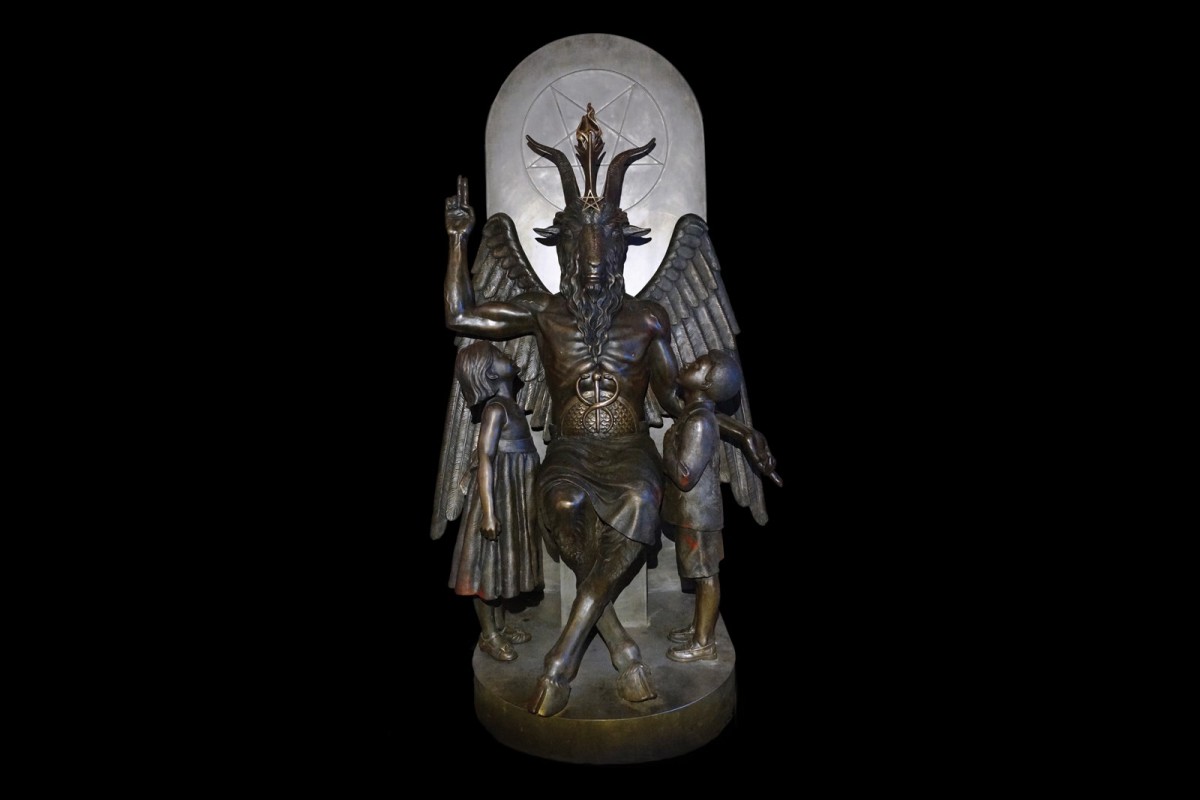
Satan Has No Interest in Molesting Your Kids
The Satanic panic of the 1980s bedeviled our conceptions about childcare and family. Today, The Satanic Temple lobbies for children’s rights. By Malcolm Harrispsmag.com
Victorian-style devil outrage reached a fever pitch in the family-values 1980s. In his 2015 book We Believe the Children: A Moral Panic in the 1980s, author Richard Beck tells the story of a series of allegations of ritualized Satanic child abuse in daycare centers around the country. Through painstaking elicitation, police, prosecutors, and investigators managed to get children to testify to all sorts of unthinkable violations. Not just sexual assault: There were allegations of gamified animal torture and vast networks of child porn production and distribution. And, of course, the devil.
I asked Beck if in all his exhaustive research he had been able to track down a single instance of verified Satanic ritual child abuse. “No,” says. “My editor and I joked that the book would sell better if I could find an actual case, but as far as I could find it never happened.” Since they didn’t occur in reality, the infernal elements had to be products of adult interpretation and suggestion. Yet whole municipalities managed to convince themselves that there were hidden networks of devil worship and child abuse in their own backyards. How did they accomplish such a feat?
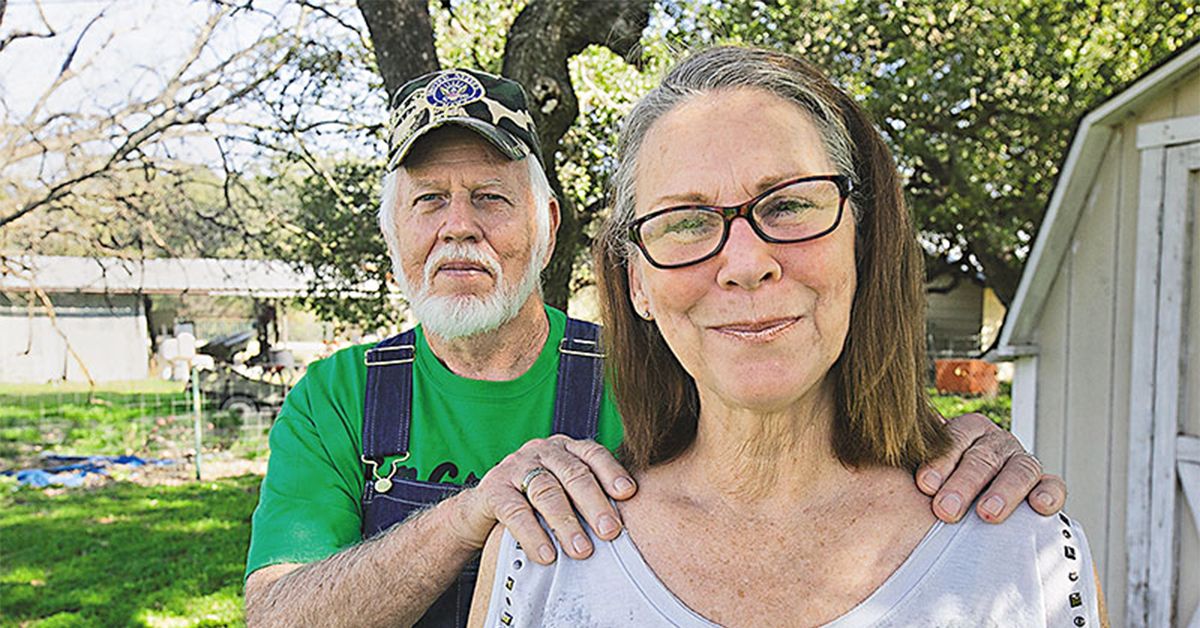
Couple Exonerated in 'Satanic Panic' Child Ritual Abuse Case
What caused the "Satanic Panic" phenomenon begin in the 1980s, and how did a husband and wife daycare team get swept into the center of it?www.snopes.com
At trial, Dr. Noblitt testified about the existence of cults using ritual abuse and of organized satanic networks engaged in wide-ranging criminal enterprises including child abuse. The picture painted by Dr. Noblitt in his testimony at trial is one where criminal cults are common across the United States, and that these alleged cults typically engage in torture and murder of both adults and children. Furthermore, Dr. Noblitt opined that these cults are experts in a form of mind control or brainwashing in which victims are so heavily traumatized that they develop total and complete amnesia until the victim enters therapy and recovers the memory. His descriptions of these cults involved rape, murder, torture, grave robbing, and ceremonial animal and human sacrifice. Furthermore, he alleged that these activities took place at churches, involved police officers and other professional individuals. Lurid media coverage of this issue at the time additionally invoked the specter of widespread cannibalism. In order to explain the lack of physical evidence for these outrageous crimes, Dr. Noblitt explained to the jury that these cults will frequently lead their victims to believe in something preposterous, so that if they ever told of their tortures the stories would involve elements that would be so far-fetched that the victims would necessarily be disbelieved. This, according to Dr. Noblitt, was done intentionally by the cults as part of the mind control programming in order to discredit their victims.
In an interview shortly after the trial in a local newspaper, Dr. Noblitt was described as having been the prosecution expert witness in many ritual abuse cases, including the Keller case (Dickinson, 1993). He stated in that interview that Dan Keller, while in court, used a mysterious hand signal to mind-control people within the courtroom. Further, he asserted that cults use severe torture on victims and that all memory of the torture is repressed. In a direct quote from this news article, Dr. Noblitt stated: “I believe they use a technique of mind control unknown in legitimate psychology. It’s akin to hypnosis, created through abuse…the state of shock is so severe that it sends the victim into a deep trance state. Then cult members use different signals or triggers…” to control the victims.

Children of Satan: What do their disturbing tales of bloody rituals mean?
IT WAS the chilling story that horrified affluent families in a leafy north London suburb.www.news.com.au
In 1983, Judy Johnson, of California, accused a teacher at her son’s preschool of raping him, said faculty members had sex with animals and even claimed the teacher could fly.
Johnson was hospitalised with paranoid schizophrenia and died before the end of the preliminary hearing from problems related to alcoholism. But LA’s Children’s Institute International then interviewed several hundred children about the alleged incident.
The students were coerced through suggestive interview techniques into making bizarre claims including the existence of secret tunnels under the school in which the alleged abuse took place; orgies supposedly conducted in car washes and airports; disturbing games in which children were allegedly photographed nude; mutilation of corpses; blood drinking; baby sacrifice and a flying teacher.
Pazder was consulted by the prosecution as an expert on Satanic ritual abuse and corroborated the claims. All parties in the McMartin preschool trial were acquitted of all charges in 1990.

Dr. Judianne Densen-Gerber Is Dead at 68; Founded Odyssey House Group Drug Program (Published 2003)
Dr Judianne Densen-Gerber, lawyer and psychiatrist who founded drug treatment program Odyssey House and went on to give widely quoted but sometimes disputed testimonyt on subjects like child abuse and pornography, dies at age 68; photo (M)www.nytimes.com
A 1979 profile in New York magazine quoted Mayor Edward I. Koch as saying that she was ''one of those seminal forces, original, a go-getter.'' He said there were ''few people who can claim as many accomplishments.''
Dr. Densen-Gerber's success at getting government help became her downfall when the state investigated her use of public funds in the early 1980's and found irregularities. She resigned as executive director of Odyssey House in 1983, but remained active in affiliated programs.
Her influence extended to areas like child pornography. In 1977, her testimony that there were 264 monthly publications devoted to the subject helped persuade the House of Representatives to unanimously pass a bill to regulate it.
IPT, the publication of the Institute for Psychological Therapy, reported in 1992 that later government investigations proved her estimates to be exaggerated by ''several orders of magnitude.''
Dr. Densen-Gerber also commented on many other hot issues from a psychiatric point of view.
In 1991, she went to Omaha to testify in court that her interview with a man convinced her he had witnessed four satanic ritual killings. She characterized herself as an expert at deprogramming survivors of satanic cults.
It's a 20th century New Religious Movement.

Religious people have mental illness, neuroscientist warns
Are you a religious person? Well, if you answer in the affirmative, a neuroscientist says you are mentally unstable! A professor at Stanford University,
www.faceofmalawi.com
A professor at Stanford University, Robert Sapolsky, has said that religion is a mental illness, and that the behaviours exhibited by ‘prophets’ in religious texts are diagnosable acts.
The self-described atheist, who is also a neuroendocrinologist, argues that religion is comparable to a shared schizophrenia.
Children Exposed To Religion Have Difficulty Distinguishing Fact From Fiction, Study Finds | Richard Dawkins Foundation for Reason and Science
By Shadee Ashtari Young children who are exposed to religion have a hard time differentiating between fact and fiction, according to a new study publ ...
Young children who are exposed to religion have a hard time differentiating between fact and fiction, according to a new study published in the July issue of Cognitive Science.

"Watching child porn victimizes the child". The Voodoo science of child pornography laws | Human Stupidity: Irrationality, Self Deception
“However, what he didn’t turn his mind to at the time is that merely having possession and viewing images such as this does victimize and hurt the individual portrayed in the image. He appreciates that now.” Senior gets jail time, probation for having single image of child pornography We at...human-stupidity.com
“merely having possession and viewing images such as this does victimize and hurt the individual portrayed in the image.” This is some mystical religious thinking. Like in Voodoo. And note, this was said by a respectable lawyer to appease a judge. And this logic is used over and over, for example by Australian Government web sites.

Should Navy vet get prison for 'staggering' child porn collection?
When police searched Michael Jachim's bedroom in March, they found a safe. Inside it was a cache of DVDs labeled "Twisted Sisters." They were not music videos. On Tuesday, a DuPage County judge is scheduled to rule whether Jachim will go to prison for child pornography. Prosecutors said his DVD...www.dailyherald.com
"... every time somebody looks at that image it's like the crime is taking place all over again…"
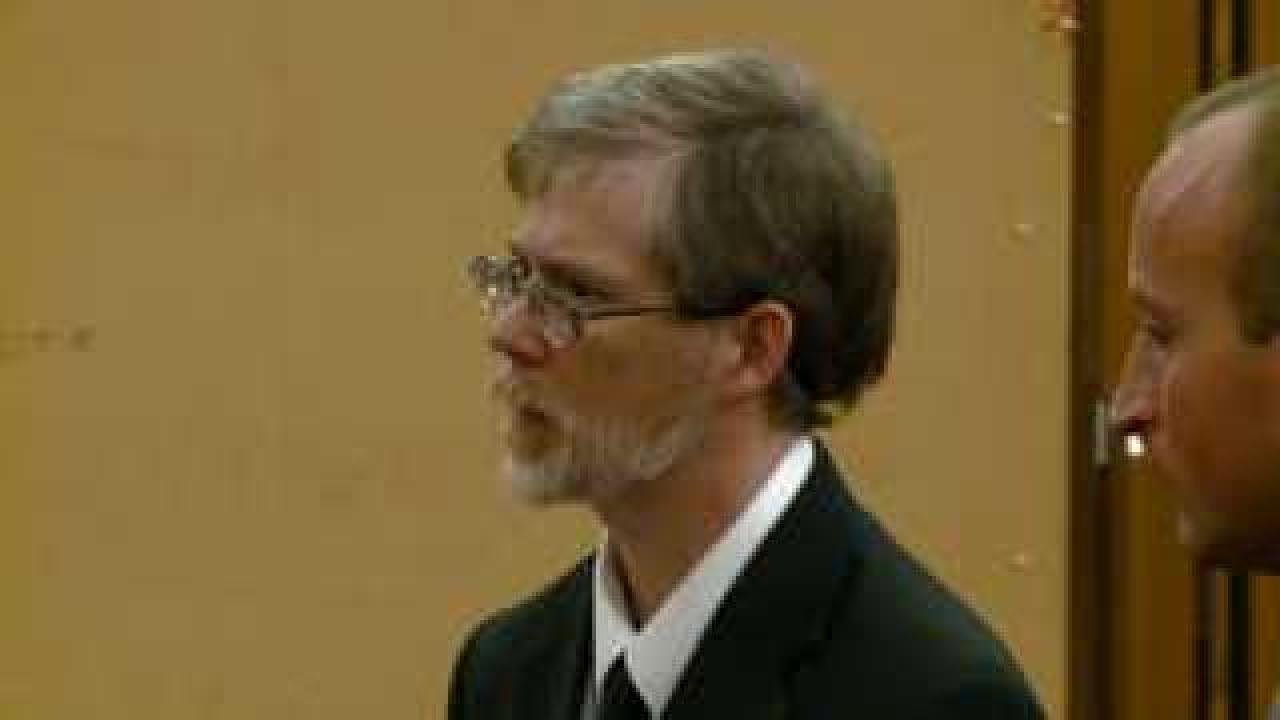
Former Pastor Sentenced to Prison on Child Porn Charges
CLEVELAND — The former pastor of St. Andrew’s Presbyterian Church in Olmsted Falls will spend the next six years behind bars for downloading child pornography.Reverend Dr. Mark Griggs, 50, of…fox8.com
"we hear that in court that they feel like they are victimized every single time someone downloads their videos or looks at their videos they feel like they are being raped all over again,” said Canonico
5 Gruesome Facts About Child Pornography: Why Some People Are Addicted To It
Child pornography is an inexcusable crime and an arrogant exploitation of our future generation. While it takes just common sense to refrain from committing such crimes, we discuss about five gruesome facts on child pornography for those that can't realize the disastrous outcomes of the crime.www.counselheal.com
The children might feel like being raped time and again when someone watches it.
Autistic people are known to disproportionately disregard the legislation of these establishments of religion.

Taboo subject of autism and paedophilia ‘must be tackled to improve lives’
The effects of Asperger’s and autistic spectrum disorder (ASD) on everything from depression to gender dysphoria could be being overlooked, according to a world-renowned expert on the syndrome. Tony
Most controversially, he believes society needs to tackle the taboo subject of ASD and paedophilia. Speaking ahead of World Autism Awareness Day today, he suggested that many inmates in sex offender units, including those convicted of child pornography offences, show signs of Asperger’s or ASD.
Mr. Mahoney said Mr. Lundberg's case is one of many nationwide in which people with autism are prosecuted for child pornography offenses without proper understanding of their mental struggles.
Increased Risk for Substance Use-Related Problems in Autism Spectrum Disorders: A Population-Based Cohort Study - Journal of Autism and Developmental Disorders
Despite limited and ambiguous empirical data, substance use-related problems have been assumed to be rare among patients with autism spectrum disorders (ASD). Using Swedish population-based registers we identified 26,986 individuals diagnosed with ASD during 1973–2009, and their 96,557 non-ASD...
Increased Risk for Substance Use-Related Problems in Autism Spectrum Disorders: A Population-Based Cohort Study
...
In summary, this large population-based study suggests that individuals with ASD have higher risk of substance use-related problems than population controls; most likely because of a shared familial liability for these conditions. An important implication of our findings concerns diagnostics and treatment strategies in ASD. Increased risk of substance-related problems in ASD suggests attention and preventive measures regarding substance use disorder in this population.
The reason for this is that our protection from mania and schizophrenia,
Testing the ‘Extreme Female Brain’ Theory of Psychosis in Adults with Autism Spectrum Disorder with or without Co-Morbid Psychosis
Introduction Males and females in the general population differ, on average, in their drive for empathizing (higher in females) and systemizing (higher in males). People with autism spectrum disorder (ASD) show a drive for systemizing over empathizing, irrespective of sex, which led to the...
Males and females in the general population differ, on average, in their drive for empathizing (higher in females) and systemizing (higher in males). People with autism spectrum disorder (ASD) show a drive for systemizing over empathizing, irrespective of sex, which led to the conceptualisation of ASD as an ‘extreme of the typical male brain’. The opposite cognitive profile, an ‘extreme of the typical female brain’, has been proposed to be linked to conditions such as psychosis and mania/hypomania.

Autism and schizophrenia could be genetic opposites
The conditions may be two sides of the same coin, suggests a review of genetic data – the finding could help design complementary treatments
Autism and schizophrenia may be two sides of the same coin, suggests a review of genetic data associated with the conditions. The finding could help design complementary treatments for the two disorders.
Though autism was originally described as a form of schizophrenia a century ago, evidence for a link has remained equivocal. One theory puts the conditions at opposite ends of a developmental spectrum.
Protects us from believing in the fiction materials of these scientifically refuted 20th century establishments of religion.

Religion and Autism, are they together or apart?
Recent studies suggest today's autistics tend to reject organized religion. Why?
Religion and Autism, are they together or apart?
Recent studies suggest today's autistics tend to reject organized religion.
In the presence of socioculturally pertinent religious fiction materials, the neurotypical brain is conditioned to deactivate the network capable of rational thought.

Why some people are so sure they're right, even when they are not
Two studies examine the personality characteristics that drive dogmatism in the religious and nonreligious. In both groups, higher critical reasoning skills were associated with lower levels of dogmatism. But these two groups diverge in how moral concern influences their dogmatic thinking.www.sciencedaily.com
The researchers say the results of the surveys lend further support to their earlier work showing people have two brain networks -- one for empathy and one for analytic thinking -- that are in tension with each other. In healthy people, their thought process cycles between the two, choosing the appropriate network for different issues they consider.
But in the religious dogmatist's mind, the empathetic network appears to dominate while in the nonreligious dogmatist's mind, the analytic network appears to rule.

[PDF] fMRI reveals reciprocal inhibition between social and physical cognitive domains | Semantic Scholar
Semantic Scholar extracted view of "fMRI reveals reciprocal inhibition between social and physical cognitive domains" by A. Jack et al.pdfs.semanticscholar.org
System 1 has been variously characterized as 'intuitive', 'emotion-driven' and 'experiential'; whereas System 2 has been characterized as, 'controlled', 'rule-based', 'rational' and 'analytic'. We know of two lines of work which link cognitive neuroscience to this classical form of dual process theory:one which looks at logical reasoning (Goel and Dolan, 2003), the other moral judgments (Greene et al., 2004). Both identify areas in the DMN and TPN associated with System 1 and System 2 reasoning respectively. Hence, the link between dual-process theories of cognition and the DMN vs.TPN dichotomy appears worthy of further investigation.

Anosognosia in Schizophrenia: Hidden in Plain Sight
Objective: Poor insight is a cardinal symptom of schizophrenia that, while not universally and uniformly expressed in all patients, is among the most common of its manifestations. Available neurobiological and neurocognitive evidence linking the phenomenon ...www.ncbi.nlm.nih.gov
The DMN is involved with processes of self-reflection, social cognition, and mind-wandering. Hyperconnectivity has been noted in the DMN of individuals at high risk for developing schizophrenia.
Whitfield-Gabrieli et al39 studied patients with schizophrenia; young, at-risk, first-degree relatives; and unaffected controls using fMRI during alternating conditions of wakeful rest and a focused working memory task. While the unaffected controls showed predictable deactivation of DMN during active task, the patients and relatives showed diminished deactivation, as well as greater activity in right DLPFC. This finding has essentially been replicated twice by two other research groups.

Default-mode brain dysfunction in mental disorders: a systematic review - PubMed
In this review we are concerned specifically with the putative role of the default-mode network (DMN) in the pathophysiology of mental disorders. First, we define the DMN concept with regard to its neuro-anatomy, its functional organisation through low frequency neuronal oscillations, its...www.ncbi.nlm.nih.gov
A more recent resting state study reported reduced functional connectivity in DMN but not the task-positive network in an adult autistic sample (Kennedy and Courchesne, 2008). Specifically, reduced connectivity was localised to MPFC and left angular gyrus, and while the DMN and task-positive networks were significantly anti-correlated in controls, no such anti-correlation was observed in the ASD group
In summary, DMN activity in autistic patients is thought to be low at rest, with reduced connectivity between anterior and posterior DMN regions probably reflecting a disturbance of self- referential thought. In contrast to altered connectivity in the DMN, connectivity in the task-positive network appears normal in autism. Moreover, the absence of an anti-correlation between the DMN and task-positive networks, suggests an imbalance in the toggling between these networks, driven by a paucity of introspective thought.

Why Do You Believe in God? Relationships between Religious Belief, Analytic Thinking, Mentalizing and Moral Concern
Prior work has established that analytic thinking is associated with disbelief in God, whereas religious and spiritual beliefs have been positively linked to social and emotional cognition. However, social and emotional cognition can be subdivided into ...www.ncbi.nlm.nih.gov
Finally, we have demonstrated that attention to engaging social stimuli not only activates the DMN but also deactivates the TPN. In a subsequent study[30] it was shown that this pattern of DMN activation and TPN deactivation was present for humanizing depictions of individuals, whereas dehumanizing depictions, which are associated with decreased moral concern, either involved decreased activity in the DMN or increased activity in the TPN. Taken together, these findings suggest that we are neurologically constrained from simultaneously exercising moral concern and analytic thinking.

Conflict between science, religion lies in our brains
The conflict between science and religion may have its origins in the structure of our brains. To believe in a supernatural god or universal spirit, people appear to suppress the brain network used for analytical thinking and engage the empathetic network. When thinking analytically about the...www.sciencedaily.com
"These findings," Friedman continued, "are consistent with the philosophical view, espoused by (Immanuel) Kant, according to which there are two distinct types of truth: empirical and moral."
The so-called "moral truth" is in fact a falsity. Whereas autistic people are likely to logically analyze things based on their semantic merit, neurotypicals are more likely to simply emotionally resonate to things or not. Neurotypicals rely on their emotional resonance rather than on their comparatively poorly developed ability for critical thinking.
Why some people are so sure they're right, even when they are not
Two studies examine the personality characteristics that drive dogmatism in the religious and nonreligious. In both groups, higher critical reasoning skills were associated with lower levels of dogmatism. But these two groups diverge in how moral concern influences their dogmatic thinking.
www.sciencedaily.com
"It suggests that religious individuals may cling to certain beliefs, especially those which seem at odds with analytic reasoning, because those beliefs resonate with their moral sentiments," said Jared Friedman, a PhD student in organizational behavior and co-author of the studies.
"Emotional resonance helps religious people to feel more certain -- the more moral correctness they see in something, the more it affirms their thinking," said Anthony Jack, associate professor of philosophy and co-author of the research. "In contrast, moral concerns make nonreligious people feel less certain."
This is a form of cognitive anosognosia,
Conflict between science, religion lies in our brains
The conflict between science and religion may have its origins in the structure of our brains. To believe in a supernatural god or universal spirit, people appear to suppress the brain network used for analytical thinking and engage the empathetic network. When thinking analytically about the...
www.sciencedaily.com
"When there's a question of faith, from the analytic point of view, it may seem absurd," said Tony Jack, who led the research. "But, from what we understand about the brain, the leap of faith to belief in the supernatural amounts to pushing aside the critical/analytical way of thinking to help us achieve greater social and emotional insight."

Neural correlates of maintaining one’s political beliefs in the face of counterevidence - Scientific Reports
People often discount evidence that contradicts their firmly held beliefs. However, little is known about the neural mechanisms that govern this behavior. We used neuroimaging to investigate the neural systems involved in maintaining belief in the face of counterevidence, presenting 40 liberals...
Neural correlates of maintaining one’s political beliefs in the face of counterevidence
...
Challenges to political beliefs produced increased activity in the default mode network—a set of interconnected structures associated with self-representation and disengagement from the external world.

Anosognosia in Schizophrenia: Hidden in Plain Sight
Objective: Poor insight is a cardinal symptom of schizophrenia that, while not universally and uniformly expressed in all patients, is among the most common of its manifestations. Available neurobiological and neurocognitive evidence linking the phenomenon ...
Anosognosia in Schizophrenia: Hidden in Plain Sight
...
“I don’t need medicine—there is nothing wrong with me. I just came here for a check-up.”

Anosognosia in Schizophrenia: Hidden in Plain Sight
Objective: Poor insight is a cardinal symptom of schizophrenia that, while not universally and uniformly expressed in all patients, is among the most common of its manifestations. Available neurobiological and neurocognitive evidence linking the phenomenon ...
The results showed a correlation between insight as measured by the BCIS self-reflectiveness index and lower gray matter volume in the right ventrolateral prefrontal cortex (VLPFC). The VLPFC is involved in working memory and decision making. The findings suggest that a reduced VLPFC volume corresponds with a diminished capacity to entertain alternative explanations about one’s misperceptions leading to impairment in awareness of illness.
The ventrolateral prefrontal cortex (vlPFC) is a subdivision of the prefrontal cortex. Its involvement in modulating existing behavior and emotional output given contextual demands has been studied extensively using cognitive reappraisal studies and emotion-attention tasks. Cognitive reappraisal studies indicate the vlFPC’s role in reinterpreting stimuli, and reducing or augmenting responses. Studies using emotion-attention tasks demonstrate the vlFPC’s function in ignoring emotional distractions while the brain is engaged in performing other tasks.[6]
Systematic Review of Mindfulness Induced Neuroplasticity in Adults: Potential Areas of Interest for the Maturing Adolescent Brain | Insight Medical Publishing
Systematic Review of Mindfulness Induced Neuroplasticity in Adults: Potential Areas of Interest for the Maturing Adolescent Brain, Virginie Kirk, Chariklei
Prefrontal activation in the dlPFC and vlPFC was also associated with deactivation in the DMN, during experiential focus and without previous training [24]. The engagement of prefrontal areas seems concomitant to the disengagement of limbic and DMN systems.

Anterior cingulate volume predicts response to psychotherapy and functional connectivity with the inferior parietal cortex in major depressive disorder
In major depressive disorder (MDD), the anterior cingulate cortex (ACC) has been associated with clinical outcome as well as with antidepressant treat…
IPC and VLPFC belong to the ventral attentional network that supports attentional filtering and reorienting towards the environment (Corbetta et al., 2008), and is anti-correlated with the preACC/DMN, involved in self- referential processes ( Fox and Raichle, 2007).
that is concomitant with their socially convergent psychotic decompensation that is based on the referencing of likewise themed collections of fiction materials.

Religious people have mental illness, neuroscientist warns
Are you a religious person? Well, if you answer in the affirmative, a neuroscientist says you are mentally unstable! A professor at Stanford University,www.faceofmalawi.com
A professor at Stanford University, Robert Sapolsky, has said that religion is a mental illness, and that the behaviours exhibited by ‘prophets’ in religious texts are diagnosable acts.
The self-described atheist, who is also a neuroendocrinologist, argues that religion is comparable to a shared schizophrenia.
In this paper, I examine the relationship between social cognition and religious cognition. Many cognitive theories of religion claim that these two forms are somehow related, but the details are usually left unexplored and insights from theories of social cognition are not taken on board.
People with Asperger's less likely to see purpose behind the events in their lives
blogs.scientificamerican.com
Some experts theorize that certain schizophrenia symptoms (for instance, paranoia) arise in part from a hyperactive sense of social reasoning.
The neurotypical Drug War and Sex Cult are violations of the first amendment establishment clause right of the autistic members of the United States of America.

First Amendment to the United States Constitution - Wikipedia
Congress shall make no law respecting an establishment of religion, or prohibiting the free exercise thereof; or abridging the freedom of speech, or of the press; or the right of the people peaceably to assemble, and to petition the Government for a redress of grievances.[1]
If you are ever arrested for violating Sex Cultist or Drug Jihadist religious law, ignore your neurotypical defense attorney and invoke your establishment clause right. As a sincere disbeliever in the nonexistent fantasy worlds described in the themed collections of neurotypical fiction materials that are the basis for these unconstitutionally respected 20th century establishments of religion, you have a constitutional right to fully disregard all of their legislation.
If the justices of our nation refuse to honor your right to disobey the neurotypical religious legislation, we must assassinate them. We must protect all autistic people from the neurotypical socially convergent cognitively anosognosic psychotic decompensation. Autistic people who invoke the establishment clause against these establishments of religion and who have their constitutional rights denied to them by neurotypical judges must be avenged by the religious brains of the treasonous insurgents being sprayed across their chambers.
The neurotypical traitors to our constitution must know that they will die if they enforce the legislation of their establishments of religion against autistic members of our nation in violation of the establishment clause of the first amendment of our constitution. Quite frankly, we must detect each case in which neurotypical judges discriminate against us based on our sincere disbelief in the scientifically refuted fantasy worlds described in the themed collections of scientifically refuted fiction materials of the neurotypicals, and we must without hesitation neutralize them as threats to us by terminating their lives.
Child pornography later re-emerged with vigor in the 1990s due in large part to the proliferation of the Internet (Jenkins, 2001)
Moral Panic and Child Pornography
The public’s fear of child pornography that began in the 1970s and escalated with the
emergence of the Internet, has all the makings of moral panic. By definition, moral panic is the
sudden eruption of outrage towards a specific group disproportionate to any harm caused. Cohen
(1972) was first to coin the term and his definition more specifically includes: (1) concern about
the potential or imagined threat; (2) moral outrage toward the actors who embody the problem;
(3) widespread agreement that the threat exists and that something should be done about it; (4) an
exaggeration of the number or strength of cases, in terms of damages, moral offensiveness, and
risks if ignored; and (5) the panic erupts and dissipates suddenly without warning. Garland
(2008) added two more elements: (1) the actors who embody the problem are viewed as
threatening to the status quo; and (2) without action, they risk destroying society.
Jenkins (1998) and others have invoked Cohen’s model of moral panic to explain societal
fear of child pornography. Jenkins (2001) claims that it was during the initial crusade against
child pornography in the 1970s that moral crusaders competed to assert the most incendiary
claims about child pornography, including that it was a well-organized, multi-billion dollar
industry and that the number of children exploited was in the millions. Jenkins (2001) notes that
while most of these claims were discredited, fear persisted. As Walker (2010) describes:
“Anxiety over child sexual abuse and the inability to protect children from harm is a
salient fear in present society. Despite other, more probable dangers, these issues remain
a large concern. Moreover, they are an agreed upon social harm. Child sexual abuse is
decried unanimously as a moral wrong and a violation of social norms.” (p.198)
Similarly, Ost (2002) explains that the main causes of the moral panic over child pornography
“are the moral values which affirm the sacred status of the child and the rights that our society
has ascribed to children.” (p.443)
The only criterion of Cohen’s moral panic model that appears not to have been met in the
case of child pornography offenders is the fifth. Meaning, at this time, there is no dissipation of
the panic. Unlike other panics such as the Salem Witch trials or the crack cocaine epidemic,
both of which had a start and end date, the panic over child sexual exploitation has been durable,
long-lasting and now in its fourth decade (O’Hear, 2008). Walker (2010) argues the only thing
that has changed with the child pornography panic is the fervent role of the state in responding.
The federal government has created a number of laws intended to severely punish and control
child pornography offenders.
Error - Cookies Turned Off
onlinelibrary.wiley.com
In the realm of sexual offenses, there has been a decrease in hands‐on offenses, but an increase in online offenses against children.
Research News | Springer — International Publisher
www.springer.com
Could making child pornography legal lead to lower rates of child sex abuse? It could well do, according to a new study by Milton Diamond, from the University of Hawaii, and colleagues.
Results from the Czech Republic showed, as seen everywhere else studied (Canada, Croatia, Denmark, Germany, Finland, Hong Kong, Shanghai, Sweden, USA), that rape and other sex crimes have not increased following the legalization and wide availability of pornography. And most significantly, the incidence of child sex abuse has fallen considerably since 1989, when child pornography became readily accessible – a phenomenon also seen in Denmark and Japan. Their findings are published online today in Springer’s journal Archives of Sexual Behavior.
The findings support the theory that potential sexual offenders use child pornography as a substitute for sex crimes against children
One concern is that the accessibility of online CP has caused increases in child sexual abuse. Some research suggests that CP may trigger sexual abuse by activating and validating sexual urges in CP viewers that were previously suppressed or con- trolled (Beech et al., 2008; Quayle & Taylor, 2003; Wilson & Jones, 2008). There is no evidence of increasing abuse in the United States, however. In fact, rates of child sexual abuse have declined substantially since the mid-1990s, a time period that corresponds to the spread of CP online. Statistics from U.S. child protective service agencies show that from 1992 to 2007, child sexual abuse declined 53% (Jones & Finkelhor, 2009), including interfamilial abuse (Finkelhor & Jones, 2006). Evidence of this decline also comes from victim self-report surveys and U.S. criminal justice system data (Finkelhor & Jones, 2008; Finkelhor, Turner, Ormrod, & Hamby, 2010), as well as the child pro-tective services data collection system. The fact that this trend is revealed in multiple sources tends to undermine arguments that it is because of reduced reporting or changes in investigatory or statistical procedures.
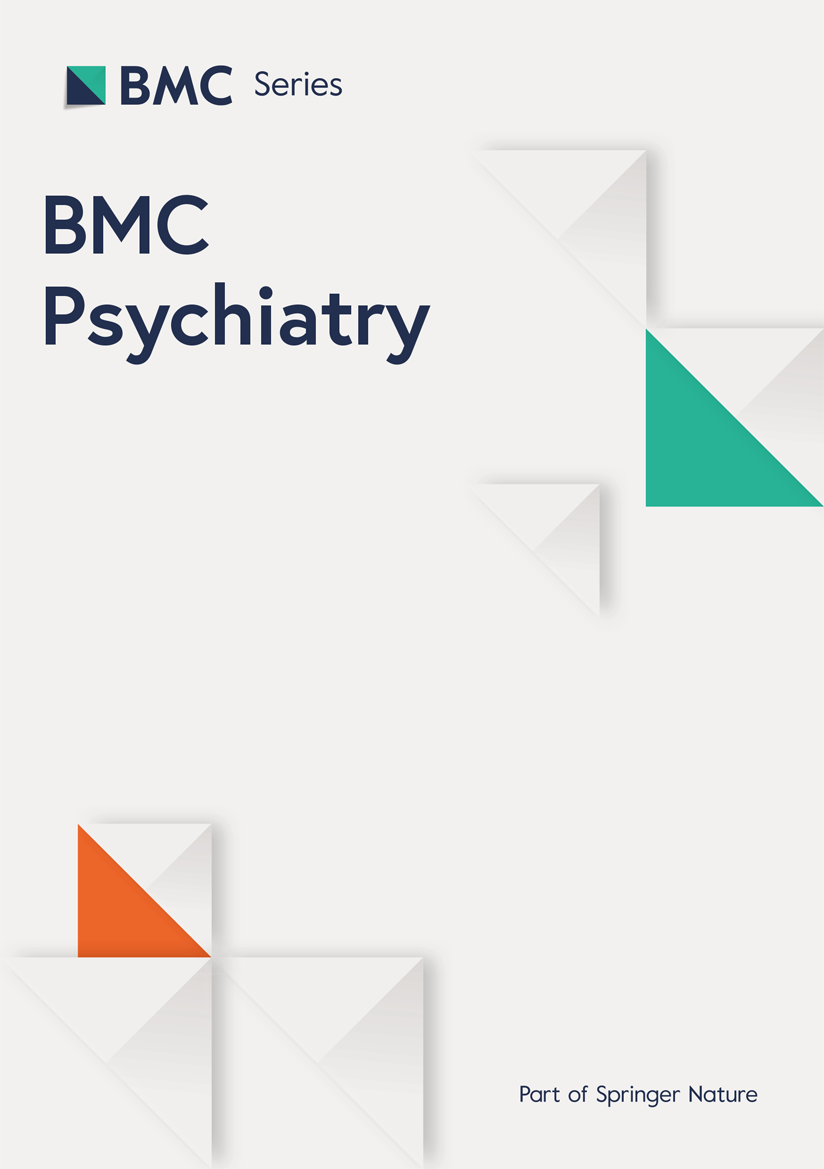
The consumption of Internet child pornography and violent and sex offending - BMC Psychiatry
Background There is an ongoing debate on whether consumers of child pornography pose a risk for hands-on sex offenses. Up until now, there have been very few studies which have analyzed the association between the consumption of child pornography and the subsequent perpetration of hands-on sex...bmcpsychiatry.biomedcentral.com
Consuming child pornography alone is not a risk factor for committing hands-on sex offenses – at least not for those subjects who had never committed a hands-on sex offense. The majority of the investigated consumers had no previous convictions for hands-on sex offenses.
Just a pittance of the research refuting the Sex Cultist's establishment of religion. If you need more research in the course of defending yourself from blasphemy charges brought against you by treasonous neurotypicals who can't comprehend that our establishment clause prohibits their religious faith from being respected, feel free to let me know. I am, in fact, the world leading researcher regarding the United States of America's Sex Cult, and I can conclusively, with the highest quality research that no Sex Cultist can match the academic credentials of, refute the entirety of their 20th century establishment of religion.
I've studied the US Sex Cult for a decade, as well as the pertinent areas of actual science, and am a world leading expert regarding both matters. I can provide a complete scientific refutation of any Sex Cultist scripture, complete with peer reviewed academic literature from the highest impact factor journals in the world. I know the entire Sex Cultist establishment of religion to an expert degree, as well as the actual science that has entirely refuted it.
Last edited:
